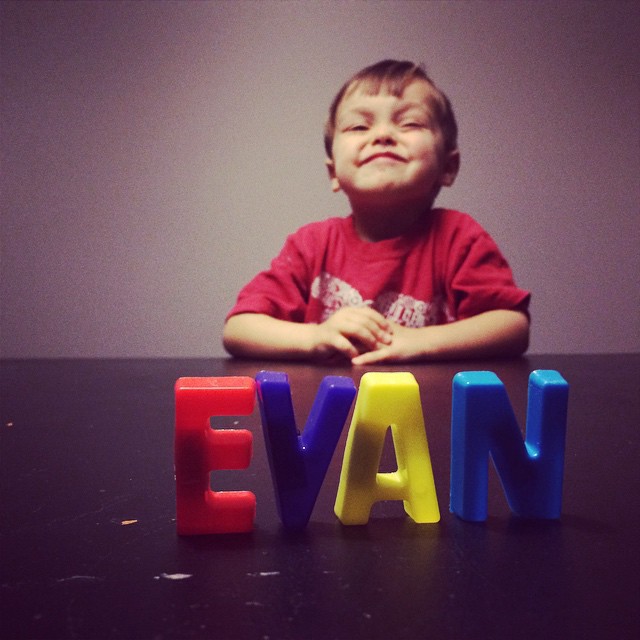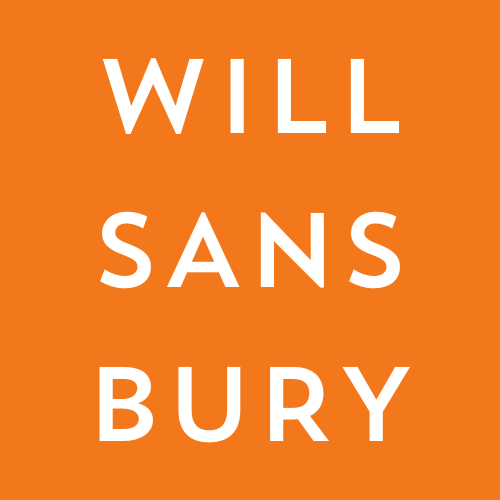
Our Legacies
A friend from a past company recently reached out, stirring up memories of a remarkable culture and a CEO who epitomized leadership excellence for me. I was surprised to learn that things have taken a disheartening turn after a new CEO was named. The new CEO has reshaped the company into something unrecognizable from the […]

Get Comfortable with Ambiguity
“You need to learn to be comfortable with ambiguity.” Every leader has probably heard this feedback at least once in their career. It holds undeniable wisdom. As leaders, we frequently face situations where we lack complete information to make perfect decisions, and we must learn to navigate uncertainty adeptly. However, like any...

This I Believe
In the spirit of the famous Edward R. Murrow radio series featuring ordinary Americans sharing the things they believe to be absolutely true, I want to capture some of the ideas that I believe to be true about leading people. To understand how I think about being a leader, you must understand these thoughts and […]

On Attics and Assumptions
My wife and I were in our early twenties when we bought our first house. The previous owner was renovating the 1898 Victorian to become apartments when he ran out of cash and was forced to sell. The beauty and character of the house had been largely plastered over — vinyl siding covered original clapboards, cheap Berber […]

Pee, Poo, and Unintended Consequences
My three-and-a-half-year-old son, Evan, has decided that he’s just not that interested in getting out of diapers. He’s our last, and we’re ready to stop funding Pampers, so we’ve resorted to the most time-honored of parenting tools: bribery. Each time he pee-pees in the potty, he gets to watch a cartoon. Evan hasn’t peed in […]

Design Is About Process, Not Heroics
I’m not a genius. That might sound shocking if your perception of design involves people solving problems by having brilliant, inspired, creative ideas. But it’s true: I’m not any smarter than the next guy, and I don’t have better ideas than anyone else. But I am a designer, and if you task a non-designer and […]

Tension Is To Be Loved
In product development, there’s a perpetual tension between designers, developers, and product managers. By learning to balance the concerns of all of the parts of the team, we can craft truly great products.
